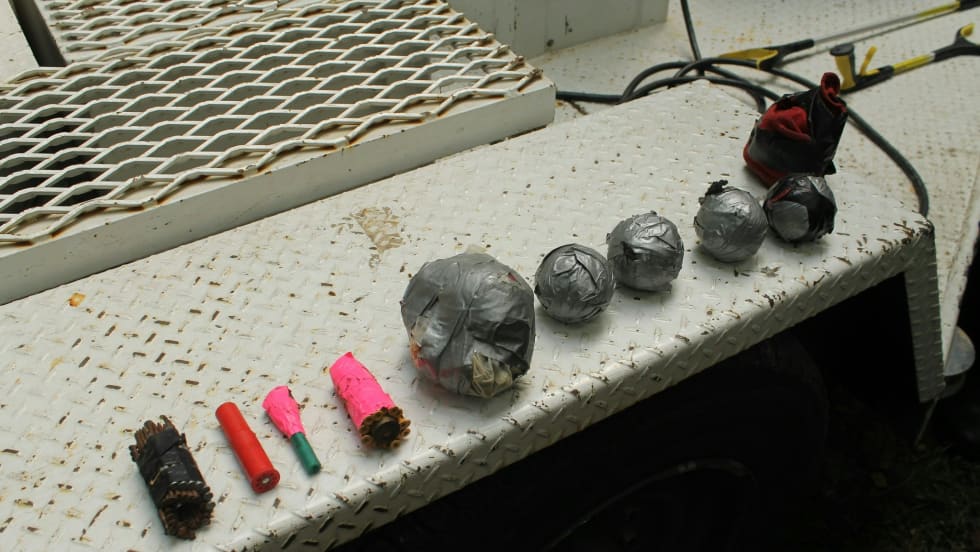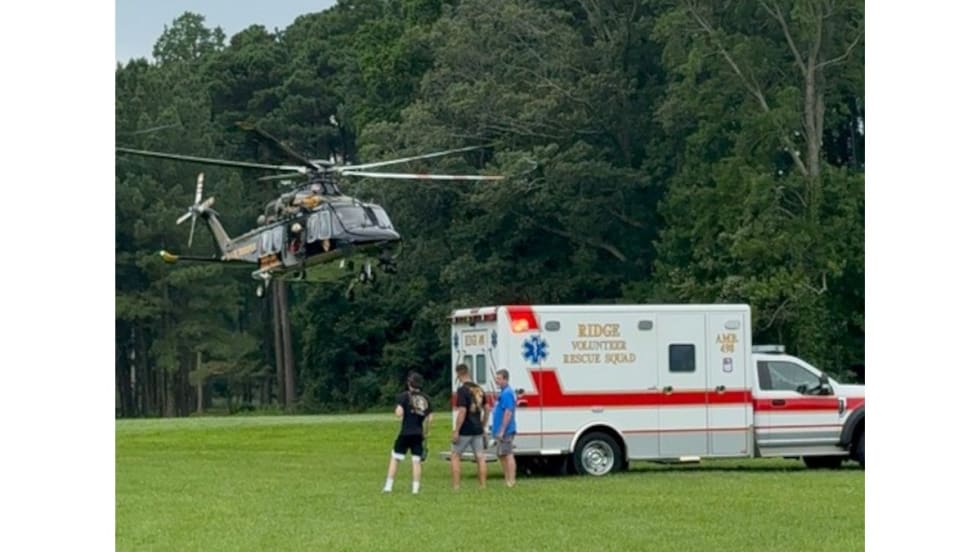Evolution
Law enforcement has long relied on the Sam Browne belt as the basic equipment platform. Holsters, carriers for ammunition, radios and handcuffs, and other accessories are threaded onto the belt, frequently separated by belt keepers that also secure the outer Sam Browne to the trouser belt. This puts considerable weight on the lower back and can make it difficult to sit in a patrol car. Women, with their smaller, higher waists and larger hips, have less room for equipment and feel that equipment pressing against their hips. Recent additions to the standard police "loadout" like TASERs, citation printers, glove pouches, and computers have made it necessary to add drop holsters that attach to the upper thigh, adding further to the weight burden.
Through the Korean War, the military likewise relied on a web belt for carrying ammo, canteens, compasses, and so on, with items less likely to be needed on short notice (rations, ponchos, entrenching tools) carried in a backpack or rucksack. The Vietnam era saw the development of a multi-pocket combat vest that was abandoned for lack of durability. The replacement carrier was called ALICE, for All-purpose Lightweight Individual Carrying Equipment. The basic carrier was a belt and suspenders of web material with various pouches attaching to it via "stick and click" sliding metal clips. The suspenders distributed the load more evenly, but the arrangement limited the types of gear a soldier could carry and where it could be placed. Vets of that era vilified the clips for their tendency to slice fingers when adjusted.
The loop-and-strap MOLLE system was introduced in 1997. A synonym for MOLLE is PALS, for Pouch Attachment Ladder System. MOLLE platforms, to which gear is attached, have horizontal rows or "ladders" of one-inch webbing, spaced one inch apart vertically, and tacked down at 1.5-inch intervals to form loops open at the top and bottom.
There are at least three methods of attaching pouches and other gear to mate with the MOLLE platform. The "Natick snap" (named for Natick Labs, where MOLLE was developed) is a strap on the back of the pouch, reinforced with polyethylene, that ends with a metal snap. The strap inserts into one of the platform loops, then threads through a slot on the pouch backing. The loop-and-slot weaving continues until the strap is used up, after which it snaps onto the pouch for retention. The weaving process is a little tedious, like learning to lace a boot quickly. It's clumsy at first, but you get more dexterous and faster after a few repetitions.












